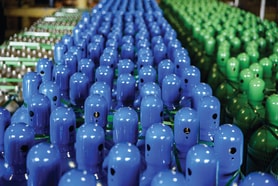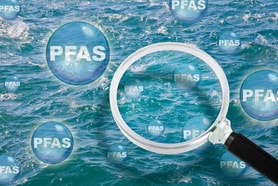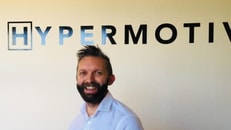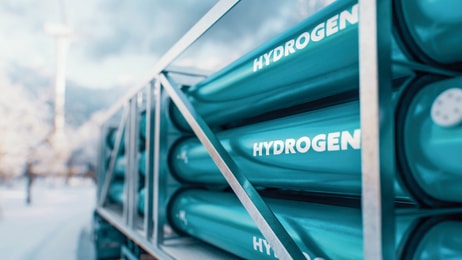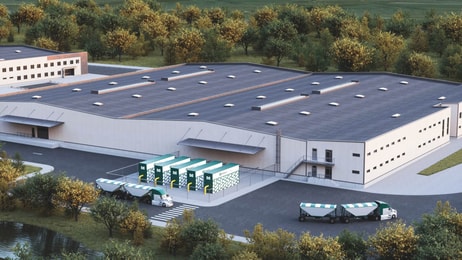Making Rational Choices Among Alternative Energy Options
The MIT Energy Initiative (MITEI) (mit.edu/mitei/) sponsors a series of colloquia to showcase areas of critical energy research and analysis in hopes of mitigating foreseeable upcoming energy challenges. On May 4, 2010, MITEI featured a seminar by Bruce E. Dale, PhD, a Professor of Chemical Engineering at Michigan State University. Professor Dale’s interest lies in converting plant matter to cellulosic biofuel, chemicals, and materials.
He focuses on achieving this in ways that also reduce harmful Greenhouse Gases (GHGs) while meeting the challenge of fulfilling food and feed needs of humans and animals.
Dale advocates making informed and rational choices among alternative energy options by establishing key metrics. These metrics would be used to compare energy alternatives as well as encourage collaborative efforts among farmers, biofuel producers, government agencies, and environmental groups.
One important metric is Energy Return on Energy Invested (EROEI) — the ratio of the amount of usable energy acquired from a particular energy resource to the amount of energy expended to obtain that energy resource. The more energy required to produce a fuel, the less its overall energy return to society. A low EROEI means that a fuel is more costly in absolute terms than one with a high EROEI. Of the fuels listed in Figure 1, LNG and CNG require the least energy to make, so they have the highest EROEI. According to Professor Dale, celluosic biofuels have an EROEI of approximately 12:1 at the current state of technology development, with an EROEI of 30:1 or so possible within a few years.
... to continue reading you must be subscribed





